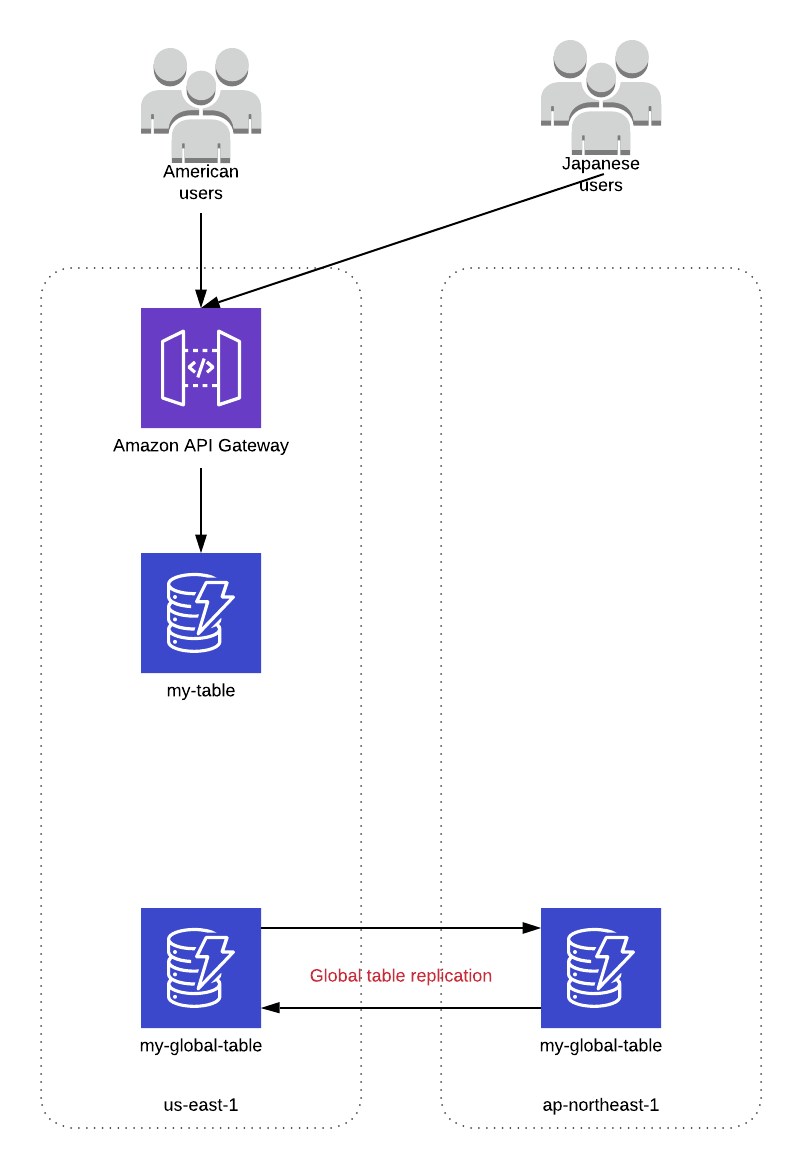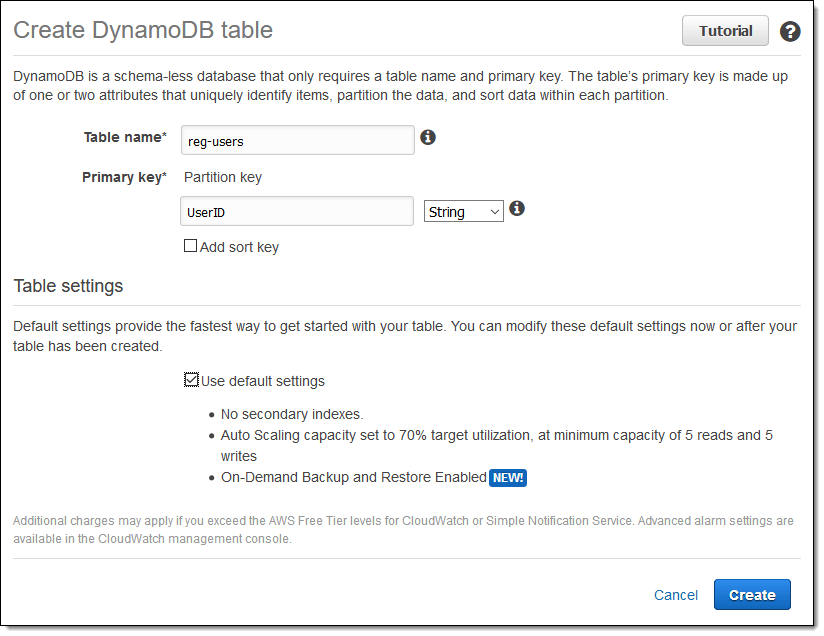

Note: You can use AWS Cloud Trail to log all console and API actions of point-in-time recovery events. If you know your way around with AWS CLI commands, you can enable point-in-time recovery with the following command. There, you will see the current status point-in-time recovery and edit it by clicking the Edit button.Įnabling DynamoDB Point in Time Recovery using AWS CLI


To enable DynamoDB point-in-time recovery through the AWS management console, you need to select the DynamoDB table from the tables list and navigate to the Backups tab. Enabling DynamoDB Point-in-Time Recovery using AWS Management Console You can use the AWS management console, AWS CLI, DynamoDB API, Terraform, and CloudFormation to enable DynamoDB point-in-time recovery.

However, that's not the only way to enable DynamoDB point-in-time recovery.
#SET UP LOCAL DYNAMODB US EAST N VIRGINIA HOW TO#
How to Enable DynamoDB Point in Time RecoveryĮnabling DynamoDB point-in-time recovery through the AWS management console is pretty straightforward. Next, I will show you how to enable DynamoDB point-in-time recovery. I think now you understand what point-in-time recovery and its features are. Regardless of the database table size, it will only take a few seconds to backup. So you can pick a point to a specific time in hours, minutes, or even seconds to restore. So, you can change Global secondary indexes (GSIs), Local secondary indexes (LSIs), Billing mode, Provisioned read and write capacity, and Encryption settings on the restored table.Īs I mentioned, point-in-time recovery allows restoring data up to 35 days (Earliest Restorable DateTime). Instead, the restored table will appear as a new one, and you will be able to compare the changes and replace data as you need.Īlso, When you restore a table, DynamoDB allows configuring several settings of the destination table. When you restore a table using point-in-time recovery, the restored table will not be linked to an original database table. It won't use any resources from your workload for the backup process and won't need to provide additional throughput. If you have enabled point-in-time recovery, you don't need to worry about scheduling on-demand backups and restoring tables to any point in the last 35 days.Īpart from the continuous backups, there are some additional features of point-in-time recovery:Įnabling point-in-time recovery will not have any impact on performance or API latencies. The on-demand approach creates backups only when you request, while the continuous approach creates automatic backups using point-in-time recovery. Especially when it comes to cloud databases, backups make sure that no data losses happen in case of regional failovers or disasters.Īmazon DynamoDB provides 2 options to create database backups: on-demand and continuous. What is DynamoDB Point in Time Recovery?ĭatabase backups are an essential part of any application. In this article, I will discuss how DynamoDB point-in-time recovery (PITR) works, show different ways to enable it, and compare it with on-demand backups to give you a better understanding. It guarantees millisecond range latency at any scale and provides multiple backup options to ensure a smooth flow for production-ready applications. Amazon DynamoDB is a fully managed, cloud-native, NoSQL database service.


 0 kommentar(er)
0 kommentar(er)
